Features of breeding hosts
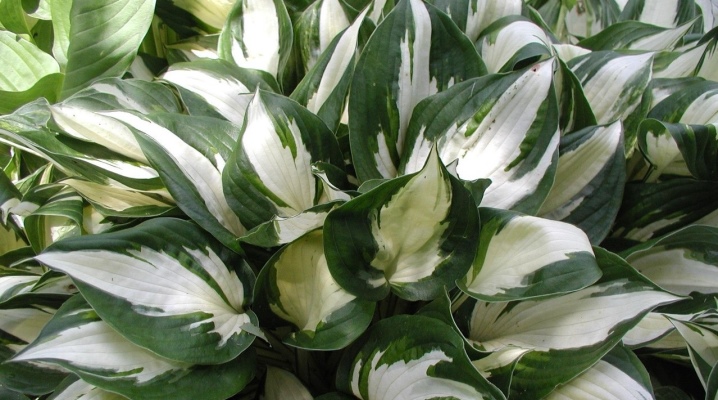
Hosta is a perennial herb of the Asparagus family. It is presented in the form of bushes, which consist of basal leaves, while the flowers are very similar to exquisite lilies. Many gardeners and summer residents plant a host on their site due to its undemanding care and attractive appearance. Let us consider in more detail the features of the breeding of hosts, the optimal timing and subtleties of planting, as well as further care.
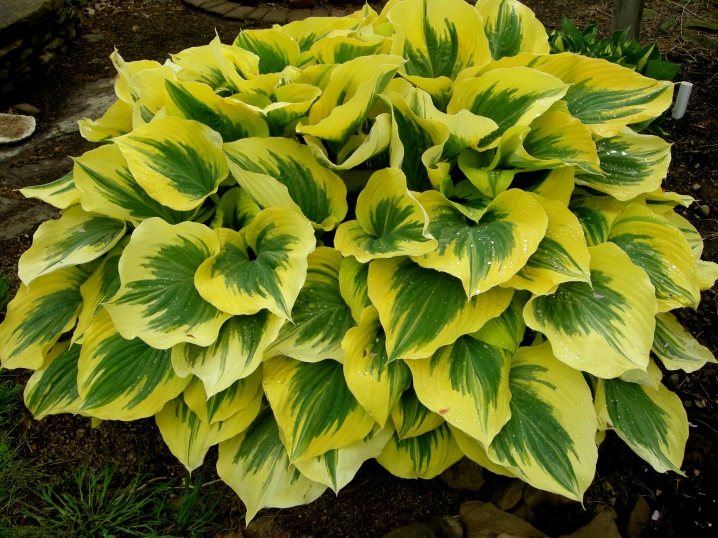
Optimal timing
Reproduction of hosts is a fairly simple process, but it is worth familiarizing yourself with some of the nuances so that there are no problems. It is best to plant seeds in the spring. A great time is April. If the reproduction of the hosts takes place by dividing the bush or by cuttings, then you can engage in reproduction not only in spring, but also in summer - in June or July. In addition, if necessary, dividing the bush can be done even at the beginning of autumn.
Initially, it is worth preparing the planting material, as well as choosing a place where you can plant the host. Let's take a closer look at the main breeding options for hosts.
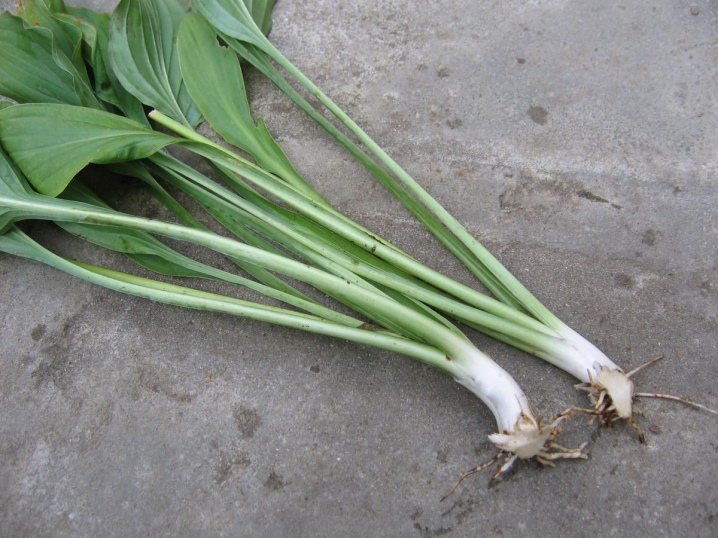
How to propagate by dividing the bush?
One of the methods of reproduction of the host is the division of the bushes. This method can only be used if there is an adult individual - this is a plant that has been growing in one place without transplanting for 6 years. This method is usually used in late April or early May, although division can be carried out both in the late summer and early fall.
To quickly plant the host, you should adhere to the following algorithm of actions.
- First you need to dig out the hosts bush.
- It is worth dividing the bush into parts, each with two points of growth, as well as a good root system.
- All cut points should be carefully treated with charcoal.
- Select a landing site by creating planting holes. In this case, the depth of the hole should be 25 cm, and the distance between the holes should be 35 cm.
- If groundwater passes close, then it is worth putting drainage in the pits.
- 2/3 of the hole should be filled with a nutrient mixture, creating a so-called mound. To create this mixture, peat and compost are used in equal proportions.
- Place the hosta in the center of the mound, carefully lay the root system.
- Sprinkle the plant with soil and water it well under the root.
- Mulch with peat or bark.
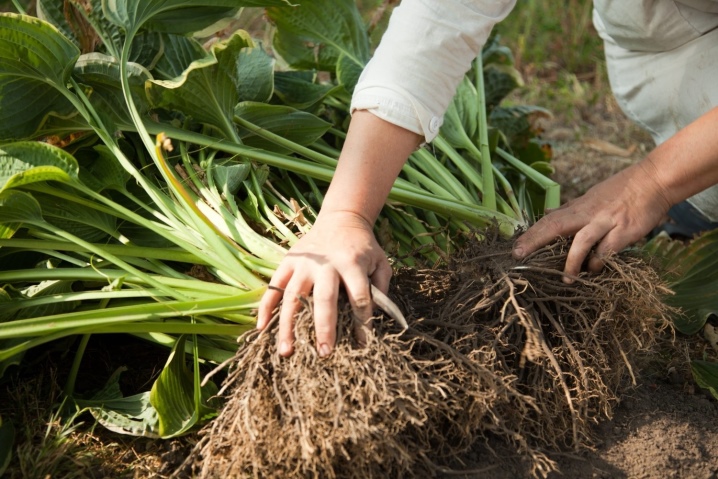
Important! After planting, the growth current should be at the same level with the soil, so the soil mixture must either be removed or refilled.
Cuttings
If leaves are used for plant propagation, the characteristics of the parent specimen will be fully preserved. Propagation by cuttings is in demand, since you can quickly create a whole flower bed from the host, while minimally damaging the root system. Reproduction in this way involves planting shoots on short stalks and with small leaves. Summer is a great time for this method. It is best to root in late June or early July.
Let's consider step by step the algorithm of actions.
- Choose a stalk. It should have a point of growth, it is worth removing the leaves from it by 1/3 part.
- Choose a place with nutritious soil and plant.
- Water the planted cutting thoroughly.
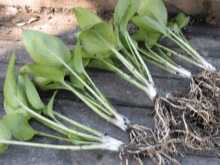
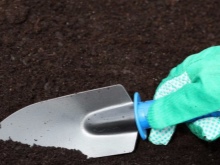

It should be noted that the first 5 days after planting are very important, because they determine the further growth of the cutting.
If you don't pay attention to the plant, it will wither and get sick pretty quickly. After planting, the cuttings need regular watering, as well as spraying the leaves. Over time, each cutting will begin to form its own strong root system. And in just a few weeks the plant will begin to actively grow.
Seed method
Another breeding method is seeds. It should be noted that the hosta does not always form peduncles. Some varieties have no flowers at all, so there are no seeds either. Such specimens can reproduce exclusively vegetatively. The peculiarity of the seed method is that young plants do not have maternal traits. In this way, it is quite easy to create new varieties, original specimens.

Dark brown, oblong seeds reach a length of 0.5 to 1 cm. They are formed in yellow bolls that remain after the flower has faded. 7-8 weeks after pollination, the plant can be considered mature. This period usually occurs in late August or early September. It is worth catching the moment when the boxes with seeds turn brown, dry up and open, it is at this time that you should start collecting. Next, the seeds should be thoroughly dried, while the temperature should be +30 +35 degrees. Usually it takes 5-10 minutes to dry completely.
After that, the seeds should be cleaned of the lionfish and refrigerated for one month.

If there is a need to store seeds, then they should be packed in bags of 30-50 pieces. The seeds should be stored in a dark and dry place, out of the reach of children. It is necessary to adhere to the air temperature from +10 to +40 degrees. On average, the shelf life is 2 years. If you plant the seeds correctly, the "kids" will still be lethargic, they will grow rather slowly, while the leaves will not exceed 1.5 cm in diameter. The next year will allow the plants to grow stronger and catch up in growth, they already acquire the final color.
It is worth dwelling in more detail on the germination of seeds, since they quickly lose it. Hosta germination rate is no more than 70%. For this reason, experts advise sowing the seeds immediately after harvesting into the nutrient soil. You should be prepared that the seeds germinate rather poorly. Typically, hosta varieties such as Allegan Fog, Revolution and Sharmon are propagated by seeds. It is recommended to treat the seeds with a growth stimulant, for example, soak them in a solution of "Zircon" or "Epin".
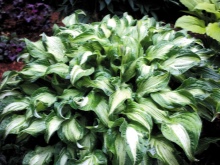
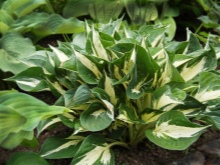

The seed reproduction method is as follows.
- Seeds should be treated for better germination with a growth stimulator.
- Furrows should be made in the soil mixture.
- The seeds should be deepened into the soil only 6–7 mm.
- After planting, they should be sprinkled with perlite and soil. It is worth tightening the fit a little.
Important! Experts recommend planting seeds at an air temperature of +20 degrees. If this temperature holds for some time, then the germination of seeds will be better.
It is better to sow seeds in bowls, and then transplant them into open ground using a pick. The best choice for planting seeds are plastic pots, at the bottom of which there are many holes. Initially, the containers should be spilled with boiling water, then treated with alcohol and only then filled with soil mixture, while only sterile can be used.
The best choice is a primer purchased from a specialized store. If you opted for home soil, then it should be supplemented with crystals of perlite, potassium permanganate or peat. It is possible to speak about the decorativeness of the hosta variety grown from seeds only 4–5 years after planting. But such a long wait does not prevent breeders from developing new varieties.
Using this breeding method, you can create your own unique variety with an amazing color.
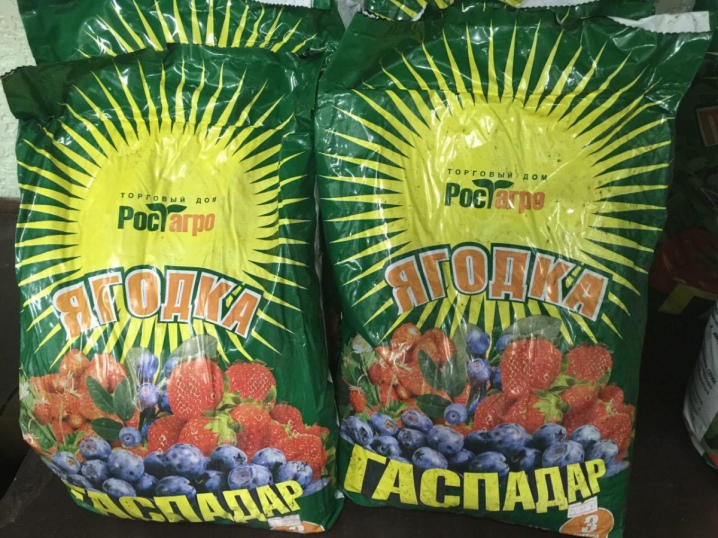
Landing rules
Hosts are quite popular plants that are able to grow and delight others with amazing flowering for 20 years, without transplanting. Breeding hosts is pretty simple and fun. By adhering to simple planting recommendations, you can create beautiful and attractive flower beds with hosts. Experts recommend following these rules when landing:
- the optimal place for planting hosts is shade or partial shade; you should choose a soil with a flat surface;
- you should definitely take into account that the roots grow quite strongly in the hosts, so it is worth making wide and large holes for planting;
- on average, you should adhere to a distance between plants of 80 cm;
- infertile soil should be additionally enriched with perlite, vermiculite and peat;
- after planting, the soil should be compacted so that in this place the earth is several centimeters higher;
- mulch should be added to the root zone; chopped bark is an excellent choice.

Further care
Hosta is an undemanding plant, it does not need careful care, but it is worth adhering to basic rules so that it grows for a long time and pleases the eye with an attractive appearance. So, when caring for a host, you should pay attention to several nuances.
Watering
The plant cannot be called moisture-loving. It is enough to water it once every 3 days. If the hosta grows in a damp or swampy area, then it should be transplanted faster, otherwise it will simply wither.
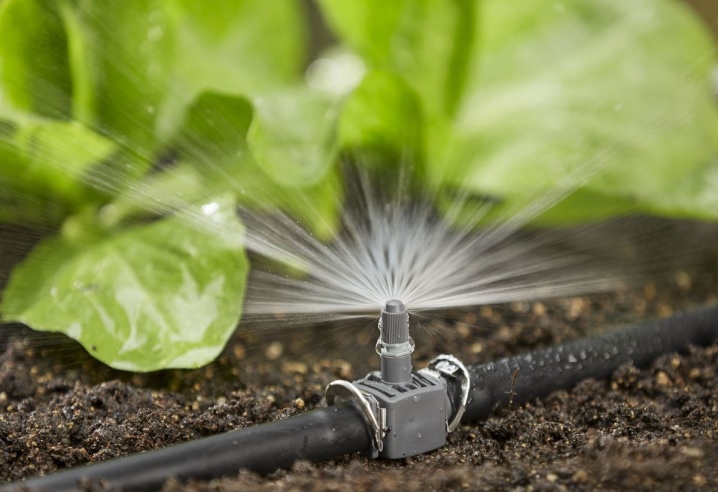
Pruning
The host can do without pruning. The best option is to prune once a year, with the best time being spring. This procedure is rather preventive. During pruning, you should reduce the size of the leaves, remove rotten and old areas.
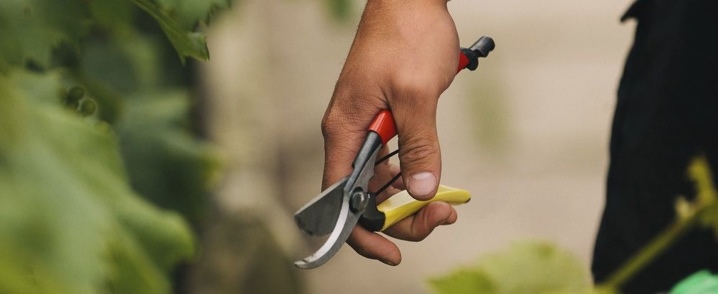
Fertilizer
Organic fertilizers are the best solution for feeding hosts. They should be applied to the soil under the root immediately after watering. Many people prefer mullein infusion, it is recommended to make it 2 times a year. If you use mineral fertilizers in the form of granules, then they should be deepened into the soil around the hosta.
Use compost for mulching the soil at least once a year to maintain optimum moisture levels.

Transfer
Although the hosta usually does not need a transplant, since it can grow in one place for up to 20 years, but it is not afraid of this process, it usually feels great after it. It is recommended to transplant when the host grows in unsuitable conditions or grows strongly. It is not recommended for the host to plant in the place where the host previously grew, if the period is less than 5 years, in order to avoid diseases. If the planting site cannot be changed, then a complete soil replacement should be made.
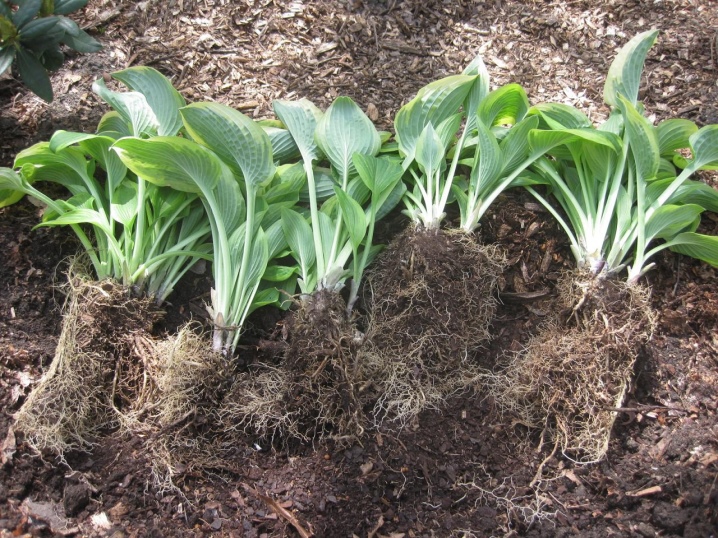
Preparing for winter
There are different opinions on this issue. Some experts advise to cut the plant at the root in early November, others argue that the hosta tolerates winters well, while it does not need to be touched, it is enough to cover it with a film, non-woven or burlap.
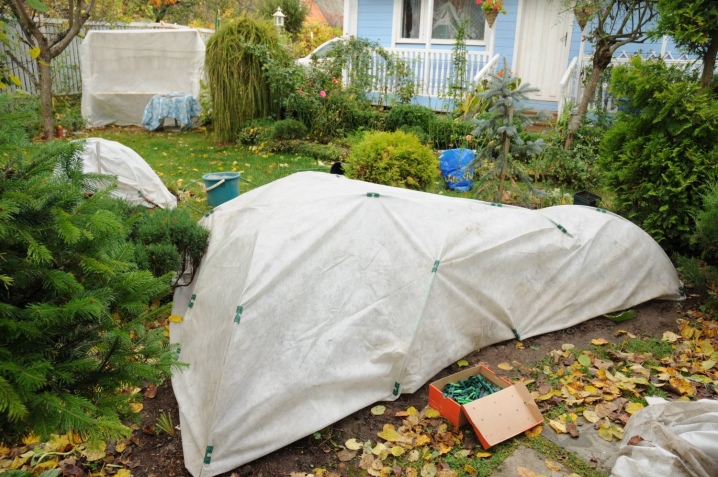
For host propagation, see below.







































































































The comment was sent successfully.